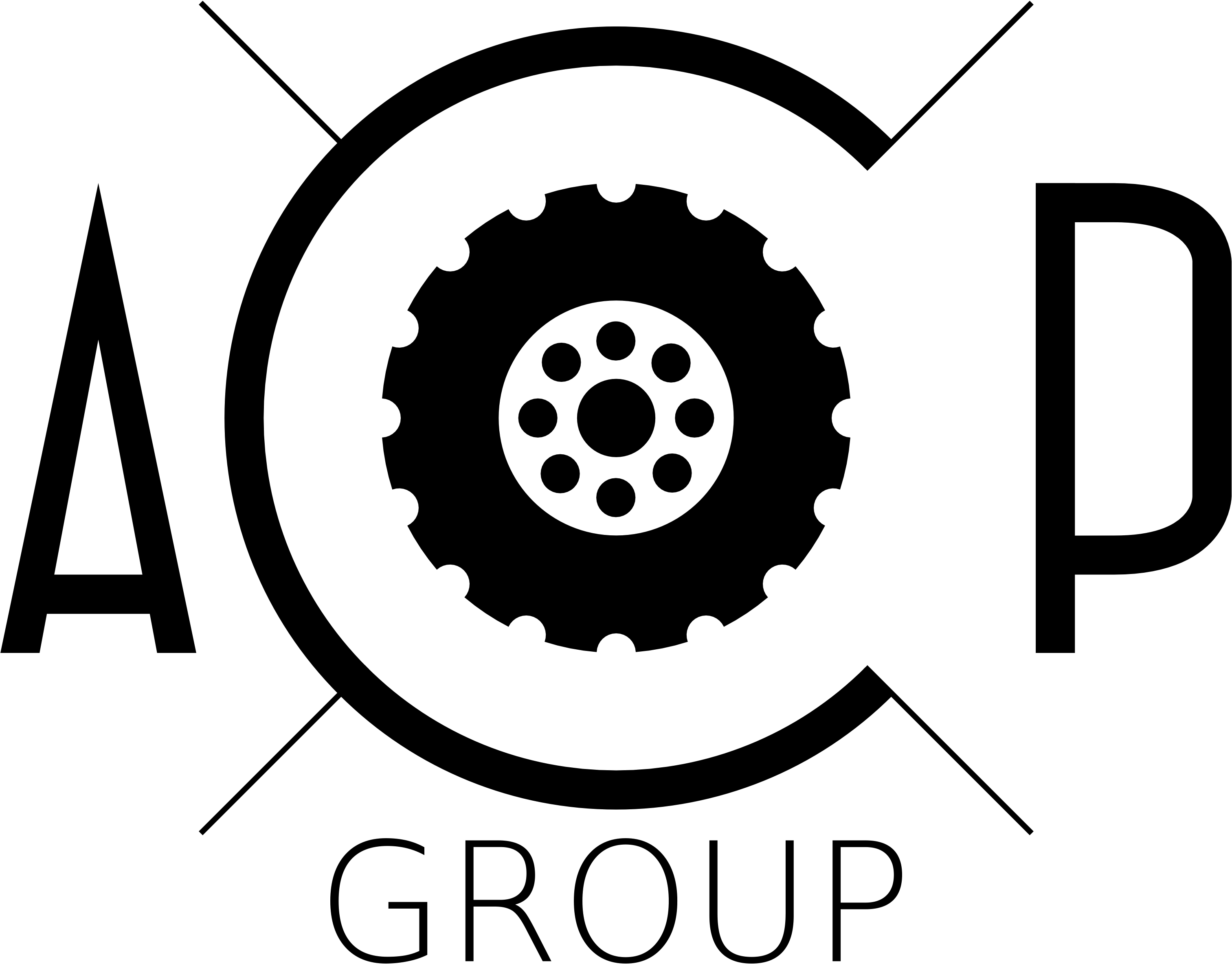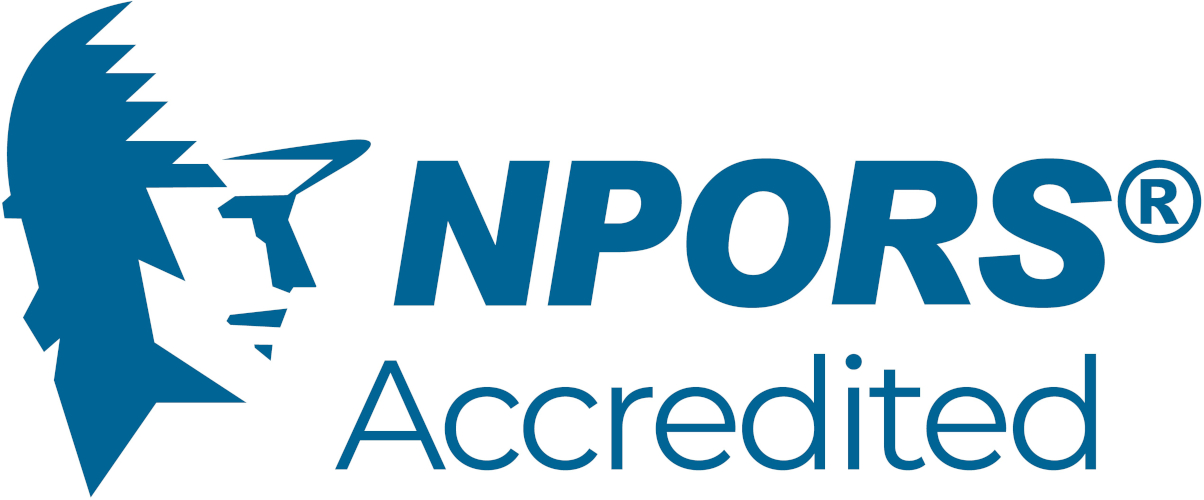Here are the theory test questions for A33 Agricultural Tractor.
During the theory test you'll be asked a maximum of 40 questions.
Please note that your paper will include all the questions we have marked here with an asterisk *. In addition you will have a random selection of the other questions that are not marked here with an asterisk.
These questions will appear on every A33 paper
What speeds may PTO shafts normally be driven at? (2 marks)*
Which parts of the shaft must PTO shaft guarding cover? (2 marks)*
How are agricultural tractors classified? (1 marks)*
The operator is asked to tip material from a trailer into a trench. State FIVE different requirements that must be considered or implemented before tipping commences. (5 marks)*
On trailer operations, give TWO reasons why the tractor operator should have an understanding of the type of spoil being transported. (2 marks)*
Describe one application when the hand throttle can safely be used. (1 marks)*
a) When should 4-wheel drive not be selected and
b) explain why? (2 marks)*
What may happen if turning too tight whilst driving a PTO-trailed implement? (2 marks)*
Operators should lower the trailer fully before driving away. Give TWO possible consequences if this is not carried out. (4 marks)*
What is the function of an ‘automatic pick-up hitch’? (1 marks)*
Why should a linch pin/safety pin be fitted to the drawbar pin after connecting a trailer? (1 marks)*
The operator has been asked to drive the machine onto a transporter/trailer.
a) Who is responsible for the loading operations and
b) state FOUR actions to be considered by the operator before loading commences? (5 marks)*
Before uncoupling a trailed implement, what should be ensured? (2 marks)*
If a higher operating speed (1000 rpm) is selected for an implement designed to run at the lower speed (540 rpm), what may occur during operation? (2 marks)*
a) Why should the body of the trailer be raised slowly/carefully when discharging wet or sticky material and
b) what would be a consequence if this was not done? (3 marks)*
A random selection of these questions will appear on each A33 paper
What is a possible consequence of using a tyre with a deep cut in the sidewall? (1 marks)
When parking the machine at the end of the shift, name THREE places where the tractor should NOT be parked. (3 marks)
Why should an agricultural tractor be re-fuelled at the end of the day? (1 marks)
State TWO requirements of using a stop block or earth bank (berm) at a trench discharging point. (4 marks)
If the operator has to top-up the transmission oil, state TWO precautions to ensure cleanliness of the system. (2 marks)
Why should hydraulic pipe connections be cleaned before re-connecting to the implement and/or tractor? (2 marks)
If a load has to be tipped on a slope, what may happen if the load is tipped downhill? (2 marks)
During work, the engine starts to overheat.
Explain the danger if someone tries to remove the radiator or expansion tank cap. (2 marks)
Before leaving the cab for a rest break, after parking and switching off the machine, what final action must be carried out? (2 marks)
When tipping a load, the centre of gravity of the trailer changes.
a) How does this affect the trailer and
b) state TWO actions to avoid accidents? (4 marks)
Why should the driven speed of a PTO-driven implement be checked before attaching to the tractor? (2 marks)
What problems and hazards can soft ground cause to an agricultural tractor? (1 marks)
Who should determine the maximum load that should be placed into the trailer? (3 marks)
Where required, in what situation does a hard hat NOT need to be worn when operating an agricultural tractor? (2 marks)
Give THREE possible reasons why agricultural tractors should not stray off the designated travel routes. (3 marks)
What is the purpose of a ROPS cab? (2 marks)
If applicable, whenever possible, who should decide the positioning of the tractor and trailer when being loaded? (1 marks)
If setting up to work in a pedestrianised area, state THREE factors that need to be taken into account. (3 marks)
The operator has to use a new type of implement that they are unfamiliar with. What do Regulations (i.e. PUWER 98) and other guidance require the operator to have? (3 marks)
Why must the seat belt be worn at all times, even with the cab door closed? (2 marks)
If checking the oil level using a dipstick, why must gloves be worn? (1 marks)
a) What determines the minimum distances that any part of plant and machinery has to be kept from over head electricity lines and
b) explain why a distance should be kept. (4 marks)
On tractors equipped with powershift transmissions, manufacturers state that the parking brake is to be fully applied when parking, and not just leaving the machine in gear. Explain why. (1 marks)
a) Name THREE purposes of the treads on tyres and b) what can happen to an agricultural tractor if the treads are severely worn? (4 marks)
a) What is the minimum distance allowed near open trenches when travelling with an agricultural tractor and
b) explain why. (2 marks)
When working in a confined area or space, name THREE hazards that can occur. (3 marks)
Larger agricultural tractors tend to have a turbo-charged engine.
a) What is the normal procedure before switching off the engine after working and
b) what happens if the procedure is not followed? (2 marks)
When travelling on wet clay, what effect does this have on the agricultural tractor? (2 marks)
End of questions for A33 Agricultural Tractor


